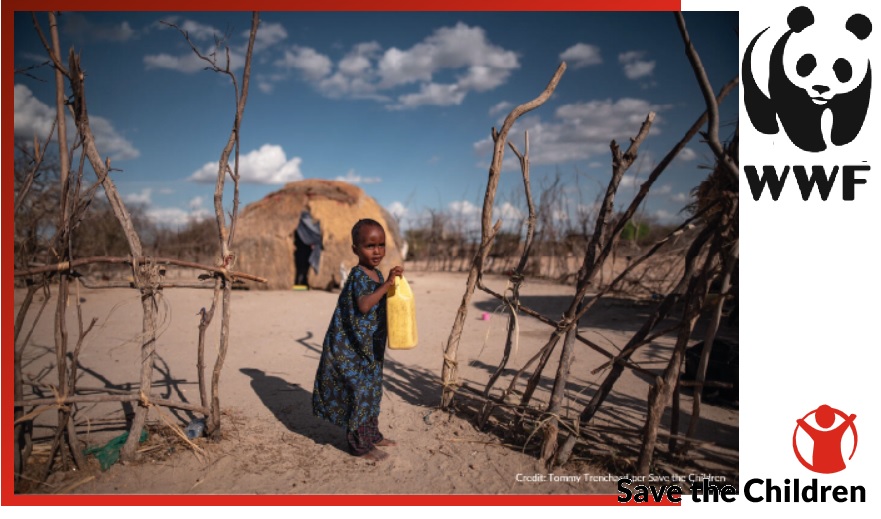T4K3.news
Coca-Cola consumption rises in Chiapas amid water crisis
In Chiapas, residents consume up to 800 liters of Coca-Cola annually as clean drinking water becomes scarce.

In Chiapas, Mexico, Coca-Cola has become ingrained in daily life amid a water crisis.
Coca-Cola becomes a staple in Chiapas culture
In Chiapas, a state in southern Mexico characterized by extreme poverty, Coca-Cola has become a vital part of daily life. Many residents drink as much as two liters a day, resulting in up to 800 liters per person each year. This consumption is largely driven by a significant lack of clean drinking water, as only 7 percent of households believe their water is safe. As a cheaper alternative, Coca-Cola has found a foothold not just in homes but also in rituals and ceremonies. Shamans bless bottles of the soft drink, viewing it as a sacred offering. The corporation's plant in the region extracts over 1.3 million liters of water daily, raising concerns about the local community's access to sustainable drinking water. Meanwhile, the rising consumption of sugary drinks has ushered in a worrying obesity crisis, especially among children, with expert reports noting that fattening beverages account for a startling 40 percent of children's daily caloric intake.
Key Takeaways
"Coca-Cola has developed a strategy precisely so that it's available anywhere."
This quote from Doctor Marcos Arana emphasizes the widespread availability and marketing tactics of Coca-Cola that exploit local needs.
"Just 7 percent of households in Chiapas believe their water is safe to drink."
This statistic illustrates the severity of the water crisis impacting the region.
"Sugary drinks and highly processed foods account for 40 percent of the total calories that children consume in a day."
This observation from UNICEF underscores the alarming dietary trends among Mexican children, particularly in Chiapas.
"Coca-Cola continues to flow despite its deadly cost."
This statement reflects the ongoing challenge of addressing addiction to harmful substances in communities grappling with dire health issues.
The situation in Chiapas highlights a complex intersection of culture, health, and corporate influence. Residents increasingly turn to Coca-Cola due to the scarcity of potable water, leading to a deepening crisis in public health and wellbeing. This addiction to sugary drinks is not merely a personal choice; it is a consequence of political decisions made decades ago that shaped access to food and water. As communities grapple with rising obesity rates and associated health issues like diabetes, it raises questions about the responsibilities of large corporations in addressing health disparities in vulnerable populations.
Highlights
- Coca-Cola flows freely where clean water is a luxury.
- A bottle of Coke is now a sacred offering in Chiapas.
- In Chiapas, soda is the newfound liquid gold.
- Children drink Coke instead of milk in Chiapas.
Health crisis linked to Coca-Cola consumption in Chiapas
Chiapas faces a significant health crisis due to widespread Coca-Cola consumption exacerbating rates of obesity and diabetes.
The cultural implications of this beverage addiction reveal systemic issues demanding attention.
Enjoyed this? Let your friends know!
Related News

Coca-Cola may switch to cane sugar

Pepsi launches new prebiotic cola

Iran declares emergency amid worsening water crisis

UN warns of dire hunger crisis in Gaza

Labour MPs call for Thames Water to recover £2.5m in bonuses

Report highlights food crisis impacts on children

Ofwat bosses draw millions in salaries despite sewage crisis

Hunger Crisis Deepens in Gaza
